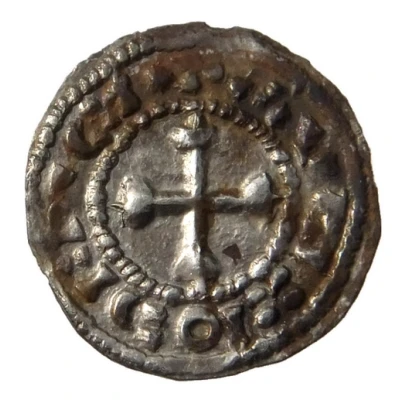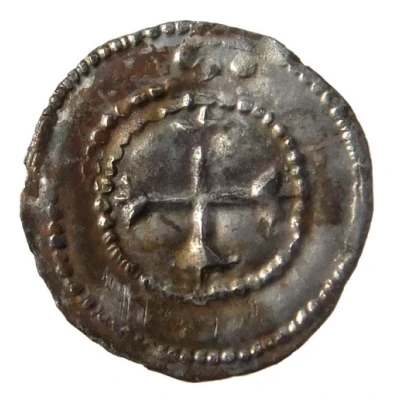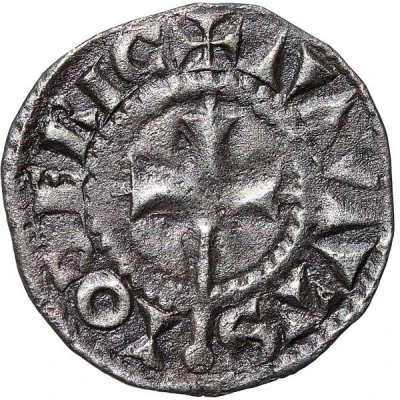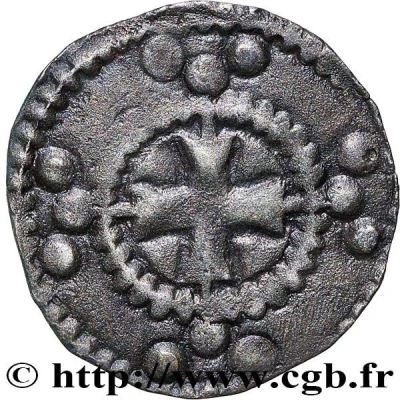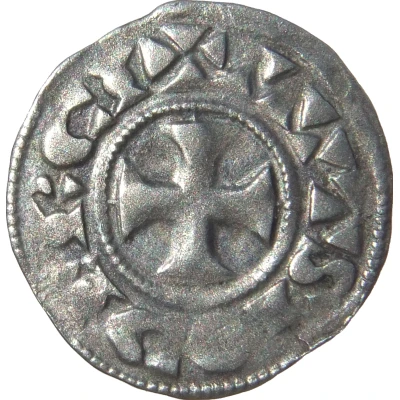
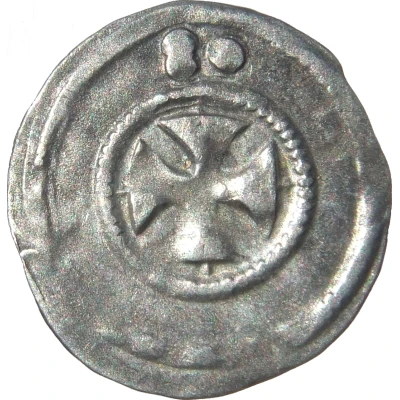

© Quiquengrogne
Denier anonymous AVTSIODER CI ND
| Silver | 1.42 g | 21.5 mm |
| Issuer | County of Auxerre (French States) |
|---|---|
| Type | Standard circulation coin |
| Years | 900-1150 |
| Value | 1 Denier (1⁄240) |
| Currency | Livre tournois |
| Composition | Silver |
| Weight | 1.42 g |
| Diameter | 21.5 mm |
| Shape | Round (irregular) |
| Technique | Hammered |
| Orientation | Variable alignment ↺ |
| Demonetized | Yes |
| Updated | 2024-10-04 |
| Numista | N#58871 |
|---|---|
| Rarity index | 87% |
Reverse
Three pellets between two beaded circles; cross in the middle.
Comment
The first strikes of this type of coinage are attributed to the Duke of Burgundy, Richard le Justicier (888-921). The good quality of these denarii (high silver content) and the fine shape of their crosses date them to the early 10th century.The shape of the cross evolves through the 11th and early 12th centuries, becoming increasingly thicker. The diameter of the denarius decreased (from almost 22 mm to around 20 mm), as did its weight (from almost 1.50 g to around 0.90 g), and the silver content of the coin, which became a billon.
Interesting fact
One interesting fact about this coin is that it was minted during a time of great change and upheaval in Europe, particularly in the County of Auxerre, which was part of the French States. The 900-1150 period saw the rise of feudalism and the decline of the Carolingian Empire, and the coin's anonymous minting suggests that it may have been produced during a time of political instability. Despite these challenges, the coin's silver content and standardized design indicate that it was still widely accepted as a form of currency, highlighting the resilience and adaptability of the people of Auxerre during this period.
